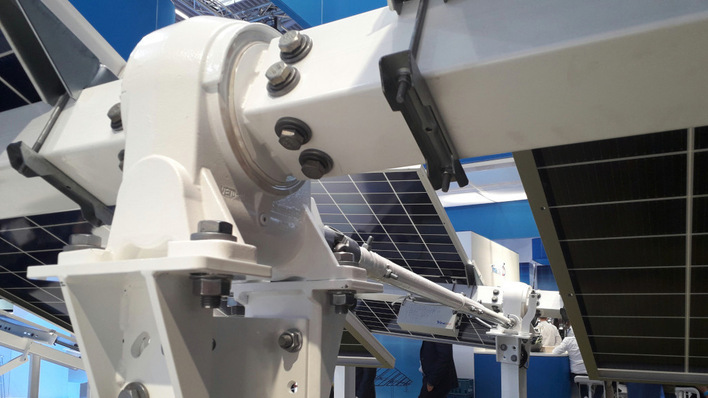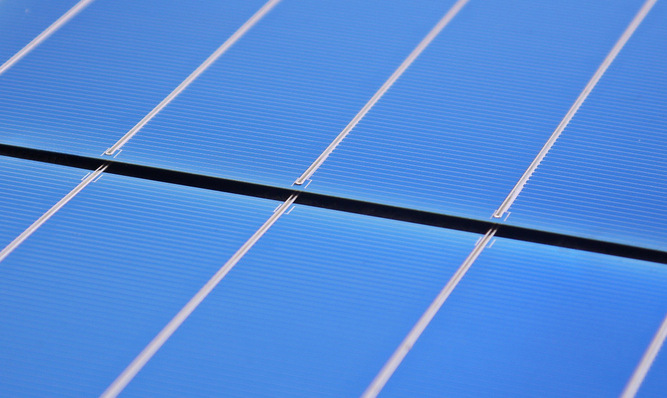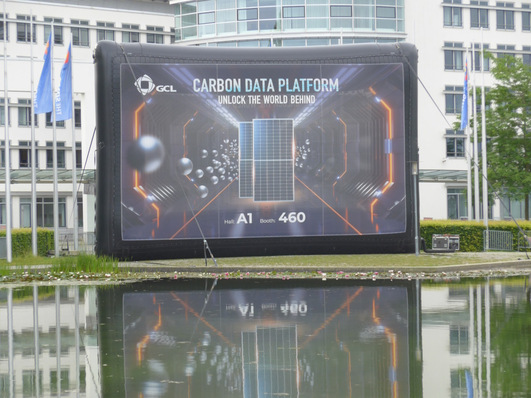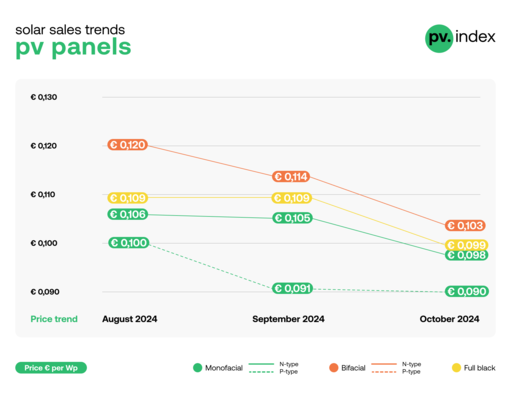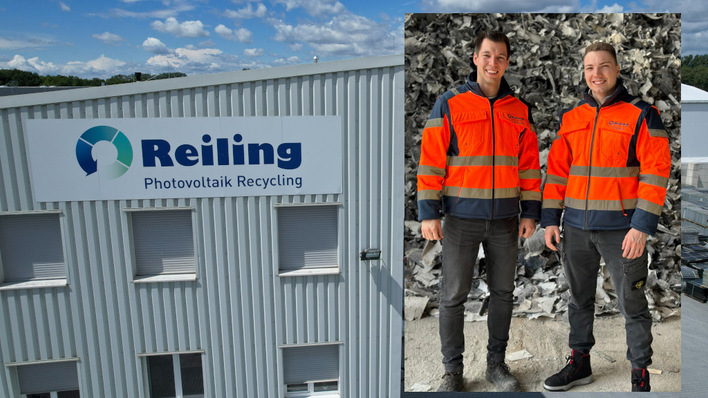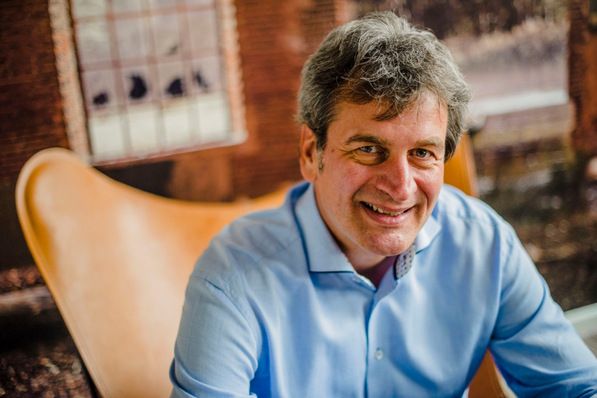The first half-year 2016 ran rather for most solar module manufacturers, then "an incredible rally" in the summer, as Michael describes Bönisch. He is responsible for the distribution of Heckert Solar, a well-known module manufacturer from Chemnitz. Heckert is very popular with German installers, prices and performance are right. "We have profited from the popularity of our brand", Bönisch analyzes. "At the end of the year, our sales rose by eleven percent to around 80 million euros. There remains a balance sheet profit after tax. "
The very strong demand for solar modules in the second half of the year resulted in a high level of supply: in 2016 Heckert Solar sold around 136 megawatts of solar modules. At the start of the year in 2017, production was boosted for a quarter despite the unabated price competition. Apparently, the rally continued.
Where giants stumble
Heckert has made the bulk of his sales with polycrystalline standard modules, where the price war with the Chinese is particularly bitter. The Chinese merger of Fortune Solar and Trina in early March shows how hard the market is fought. And how fast even giants stumble.
Heckert shows that smaller module manufacturers from Germany can also make a profitable business. It is not a matter of producing a large number of modules, but of generating profits. Heckert has invested around 40 million euros in new production technology in recent years in order to produce the solar modules fully automatically and in the highest quality. Up to 300 megawatts of solar modules will be emitted in the future in the year. 2017 it could be already 160 megawatts.
Five busbars as a new standard
In the middle of 2016 the new Monomodules Nemo 60M with four busbars came onto the market. A monomodul with five busbars is presented to Intersolar. All four module lines will be upgraded to five busbars this year.
The transition to five busbars increases the complexity in the module production because more soldering points have to be set for each module. This cost is weighing well in the face of price pressure. However, the energy yield is slightly higher with five busbars than with four busbars. Heckert wants to further increase the throughput of its lines in order to reduce the cost per module.
No Perc cells in the module
Contrary to Solarworld, for example, Heckert does not build Perc solar cells, but waits for further development. For example, monostandard cells are used to collect up to 290 watts of 60 cells. Such monocells are readily available on the market.
Interesting is the foreign business. The Saxons were able to double their sales outside Germany last year. Exports rose from 15 to 30 percent. "This year we could even reach 40 percent," hopes Michael Bönisch. "Benelux runs very well, including Scandinavia, Hungary and Slovenia."
Distribution directly to installers
Heckert is not active on the UK market. Sales abroad are not made through our own subsidiaries, but exclusively through regional partners on the spot. In the home market, Heckert - like other local manufacturers - also fights against the aggressive Chinese, but slowly a change of thinking is taking place. This is because the solar module prices hardly play a role in the overall calculation of a solar application with electricity storage, heat pump and perhaps an electric car charging station.
Heckert sells directly to the installers in the home market. In addition to its solar modules, Heckert also offers the inverters from SMA, Fronius and Kostal. In addition, installers can buy the power storage units from Varta and Mercedes in Chemnitz, and regular training courses are offered. Last year Heckert achieved success as a module supplier for large energy suppliers who want to build their own solar business for their customers. (HS / HCN)
Discover smart solar modules and join our PV Guided Tours at Intersolar Europe
Stay informed, get our weekly newsletter. Register here: http://www.pveurope.eu/Newsletter
Related news:
https://www.pveurope.eu/solar-modules/krannich-solar-strong-sales-solar-panel-prices-stable-so-far


